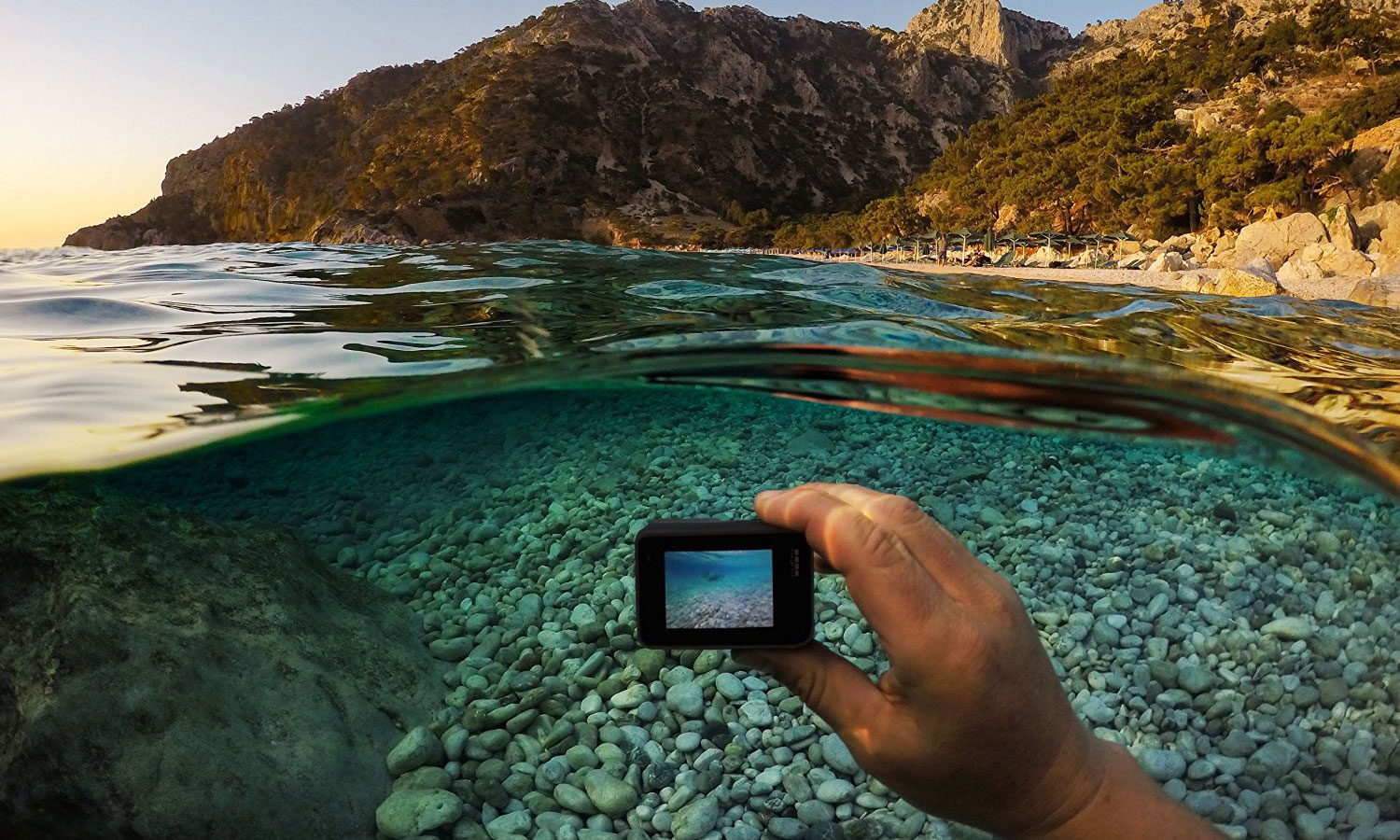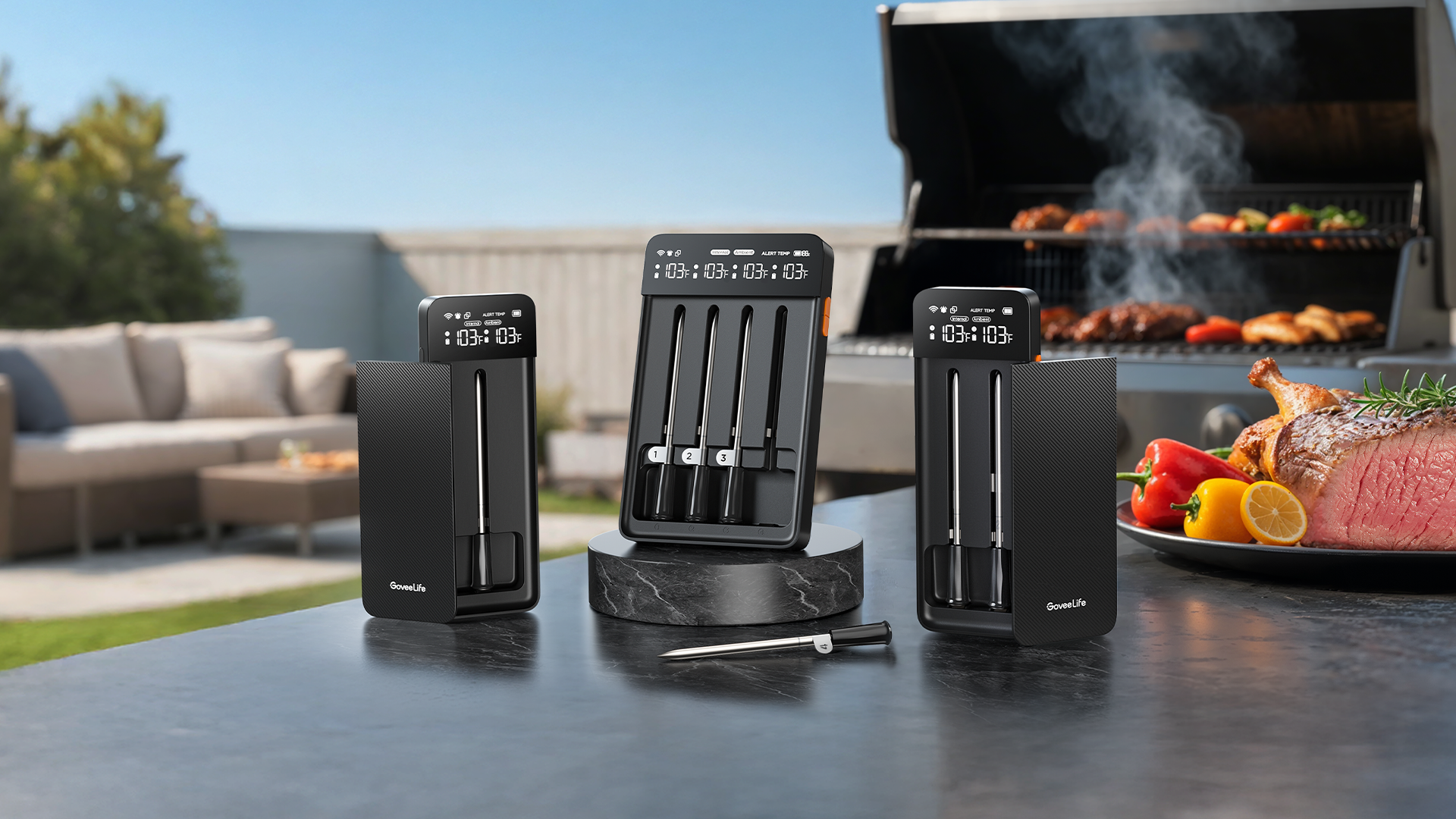Tom's Guide Verdict
The Hero5 Black is the most usable GoPro yet, thanks to a waterproof design, voice controls and a much-improved onscreen interface.
Pros
- +
Sharp video and photos
- +
Excellent digital image stabilization
- +
Tough, waterproof design
- +
Extensive voice control system
- +
Logical, helpful interface
Cons
- -
Onscreen menus get complex
- -
Images often appear overly warm
Why you can trust Tom's Guide
Design: Goodbye Case
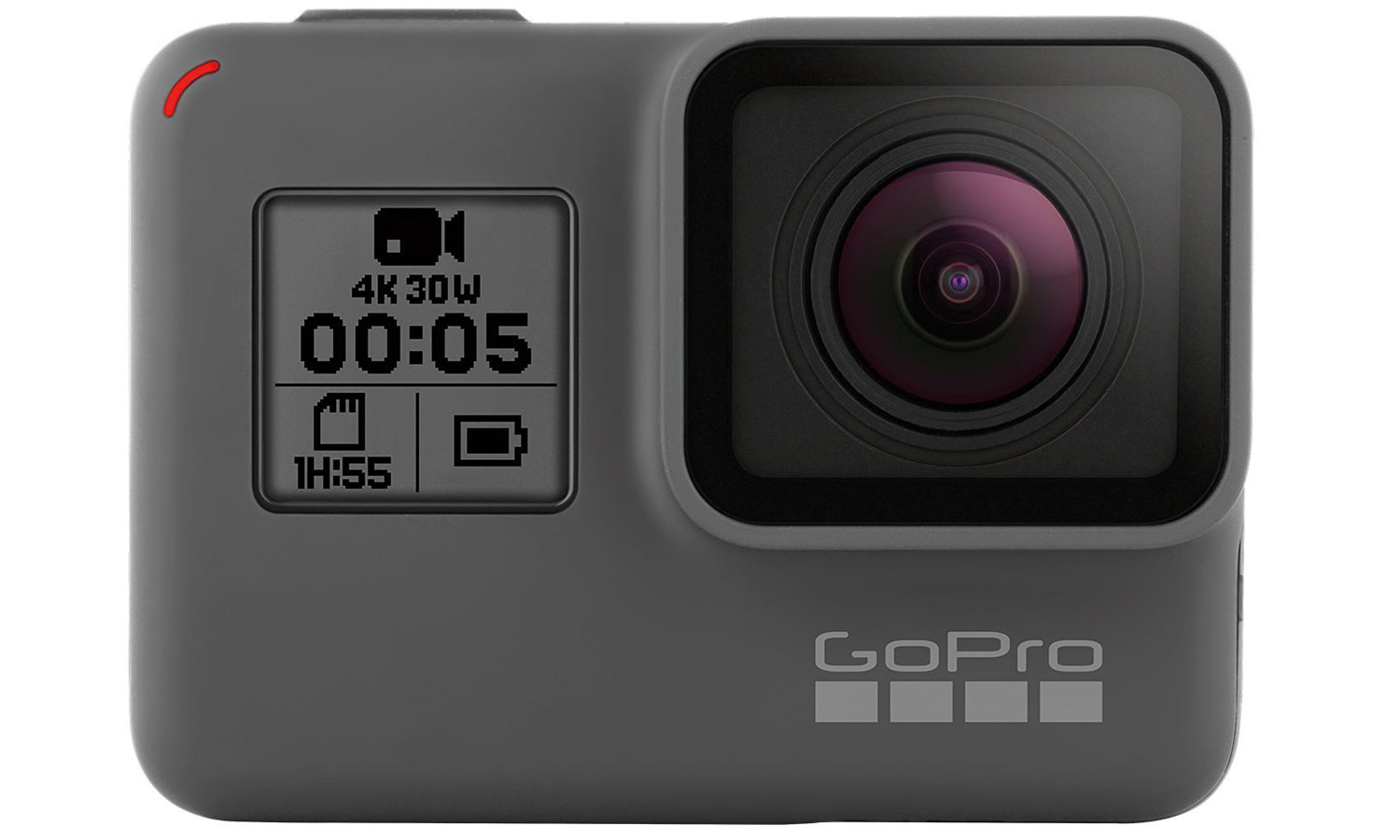
The Hero5 retains the blocky shape of its predecessors, but wraps the camera in a rubbery exterior, with protection around the lens and gasket-sealed doors for the battery compartment and ports. That allows the camera to survive a 10-meter (33-foot) dive into water, as well as light rain, splashes and mild bumps on land.
It's just a tad larger and heavier than the old, naked GoPro camera modules, at 2.4 x 1.7 x 1.3 inches (including the protruding lens) and 4.2 ounces. A light bracket around the edges of the camera is all that's needed to attach the Hero 5 to GoPro's dozens of mounting kits.

For water adventures, GoPro sells a $50 housing, the Super Suit, which takes the Hero5 down to scuba-worthy depths of 196 feet (60 m)— a big improvement on the 131 feet (40 m) possible for previous GoPro cameras with housings. Close rival Garmin's Virb Ultra 30 camera measures 1.7 x 2.3 x 0.8 inches and 3.1 ounces but needs a case for any waterproofing (down to 131 feet), which expands it to 2.3 x 3.1 x 1.3 inches and 5.5 ounces.
MORE: Best Action Cameras
Controls and Usability: Vastly Improved
GoPros's extensive, pro-grade setting options have been infuriating to access in the past. The Hero4 Black had a 0.8-inch monochrome screen and only three buttons for menu navigation, resulting in a lot of sore fingers and cursing. The Hero5 Black adds a 2-inch LCD touch screen with an intuitive, though not simple, interface. (Full disclosure: I know the executive director at EPIC.im, the company that worked with Garmin on the interface design.)
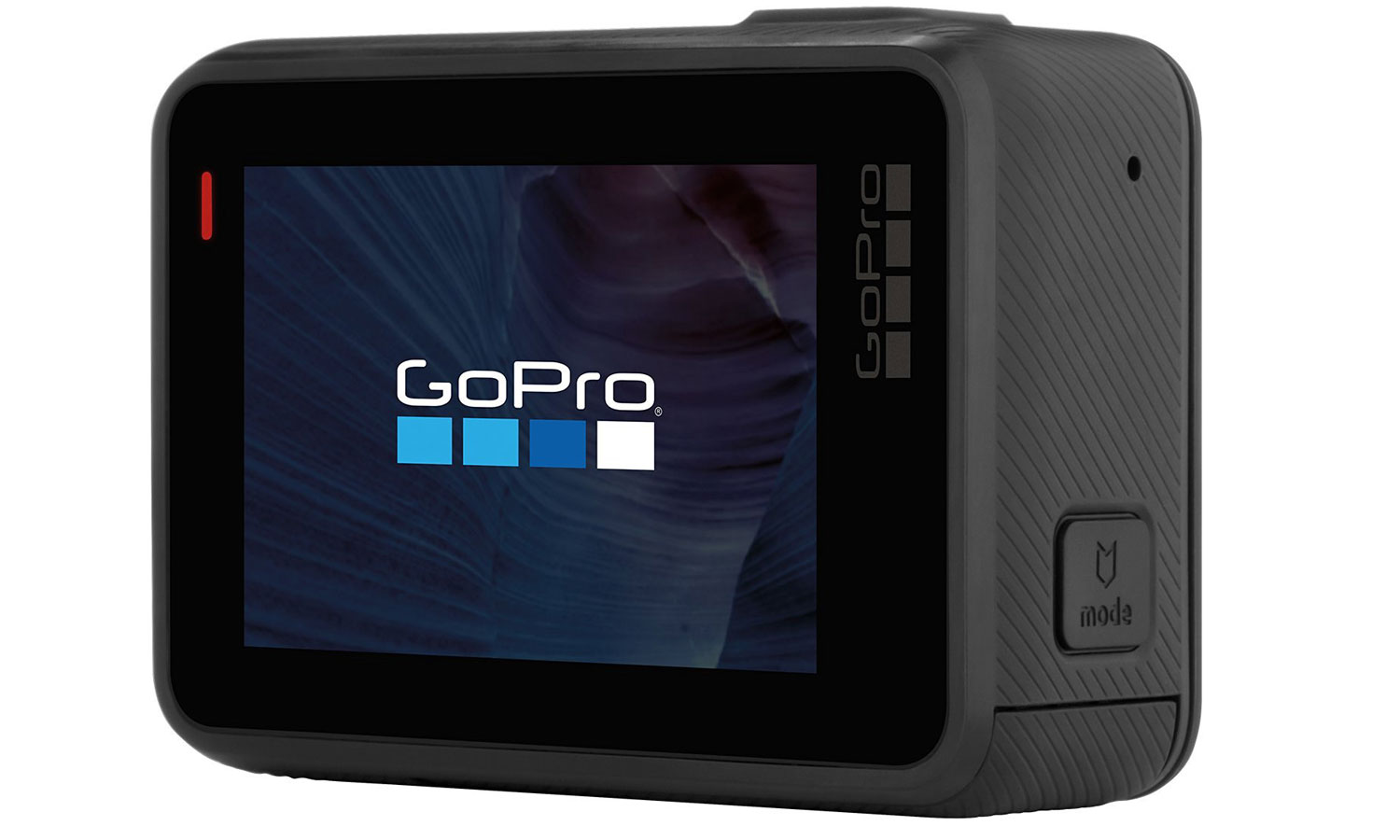
Basic adjustments are super-easy: you simply tap boxes at the bottom of the screen to change the resolution, frame rate and field of view (narrow to wide). You reach other options by swiping across the screen in different directions, but these mechanisms aren't apparent at first.
Swiping from the left, for instance, accesses a gallery of photos and videos you've shot, and swiping from the right brings up its advanced settings, such as white balance, ISO, RAW-file format shooting and wide dynamic range (the latter two being new capabilities in this camera). There's even an animated tutorial explaining the buttons and key settings. (The full product manual is available online.)

The screen also provides a colorful live preview and the ability to review footage right on the device. The Hero5 Black retains the older models' monochrome LED display on the front to display basic current settings, such as the selected video format and battery level, but it seems like a superfluous feature now.
GoPro's mobile app (for iPhone and Android) had always been the only practical way to navigate the cameras' settings and options. Even with the better on-screen controls, the app is still handy. It provides every parameter of the camera, even the remaining capacity on the microSD card, and it manages easy software updates for the Hero5 Black. Animations in the app guide you through steps to take on the camera screen when setting up a Wi-Fi connection.
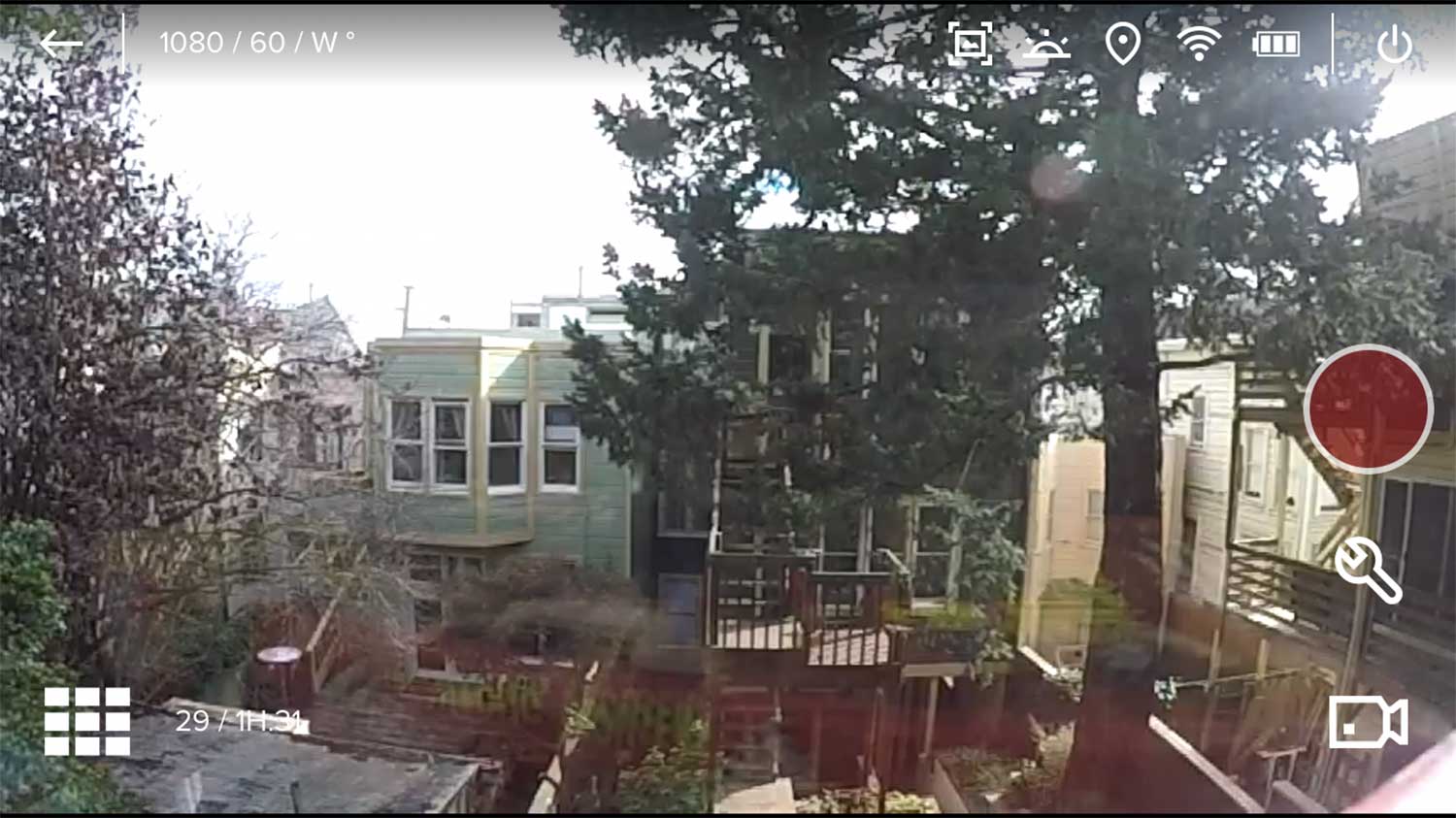
The app also allows full remote control of the camera. That's handy if the Hero5 Black is mounted on your helmet or on the outside of your car, or if you're controlling it remotely, such as when it's strapped to a dog harness. Finally, the app provides access to the GoPro Plus cloud-storage service, which we'll describe in a bit.
Voice Control: Pretty Reliable
Even better than onscreen controls is the ability to simply tell the camera what to do. The Hero5 Black responds to 12 voice commands, all starting with "OK, GoPro." The commands cover about everything you'll need when out shooting, such as "start video recording," "stop video recording," "take a photo," "shoot a photo" and "shut down." A beep indicates that the camera has understood the command.
The excellent Garmin VIRB Ultra 30 action camera also has voice control, although with fewer commands and a bit less reliability. I put the Hero5 Black in some rough situations, such as when I spoke softly from 15 feet away, or mumbled commands standing next to a busy thoroughfare.
The camera almost always caught what I was saying, though it wasn't perfect. I had to repeatedly yell in certain noisy conditions, and I didn't feel confident to rely on voice commands for image-quality tests. In those cases, I used manual controls to make sure the camera was recording or snapping a photo.
MORE: Best 360-degree Cameras
Video And Photo Quality: Near the Top
Professionals and even amateurs have captured amazing video with GoPro cameras. Like its predecessors, the Hero5 Black shoots crisp, detailed video that holds up even when the camera jumps all over the place, such as on a bumpy bike trail.
The electronic image stabilization is excellent. It's still obvious in some videos that the camera is being jostled, but details like foliage aren't scrambled into a blur, as with lesser cameras.
GoPro also combats rolling shutter, a side effect of modern image sensors that produces a wobbly appearance when there's a lot of motion, as if you were looking through a blob of Jell-O. The Hero5 Plus' image processor usually wipes out this effect.
On the Hero5, detail is excellent in 1080p HD, and even better in 4K video. The 4K footage is noticeably sharper than HD, even when displayed on a screen with less-than-4K resolution, such as the 2560 x 1600 Retina Display of my MacBook Pro.
The camera's color quality is good, but not class-leading. That honor resides now with Garmin's Virb Ultra 30. GoPro videos and photos tend to have a warm (orangey) color. It's often a pleasant effect, but can be problematic in some cases. Going into GoPro's Protune menu to manually set white balance could alleviate this, assuming the lighting conditions stay consistent throughout your shoot.

In video shot with the Hero5 along the water in San Francisco, the grass appears a tad yellowish compared with footage from the Ultra 30. There's also an unnatural dash of magenta in the sky, making the clouds a bit pinkish.
The Ultra 30, in comparison, nails the rich green grass and blue sky in this shot leading up to the Golden Gate. (These differences may not matter for professionals who use GoPro's "Flat" color setting and hand-tune color in postproduction.)
The Hero5 Black has improved low-light capabilities. In a very dark nighttime setting in a park, it captured a fairly bright image with surprisingly good detail in the distant architecture.
Battery Life and Storage: Long Shooting Time
The Hero5 Black's 1220mAh Lithium-ion battery has a smidgen more capacity than its predecessors. I tested it at 1080p/60fps, and the battery ran for 1 hour and 58 minutes, versus 1 hour and 32 minute for the rival Garmin Virb Ultra 30. Enabling Wi-Fi and the smartphone app eats into battery time, as does enabling voice commands and GPS, which were all turned off for my tests of both cameras.
To keep the Hero5 Black going for a long outing, consider buying an extra battery for $20 or a battery plus two-battery charger for $50.
MORE: Top-Rated Waterproof and Rugged Cameras
The Hero5 Black has a microSD slot and takes cards up to 128GB in capacity, enough to hold about 9 hours and 20 minutes of 1080p/60fps video (twice as much as the Hero4 Black). GoPro publishes a list of recommended cards.
GoPro Plus: Cloud Storage and Perks for a Price
GoPro has introduced a new service with the Hero5 Black (and the simpler Hero5 Session) — a $5/month subscription plan called GoPro Plus. Its chief feature is online storage for 35 hours of video (at resolutions up to 1080p), 62,500 photos (up to 12MP), or some mixture of the two.
Videos are available to edit online, using GoPro's mobile app or Mac/PC software called Quick. (The subscription fee also provides access to soundtracks.)
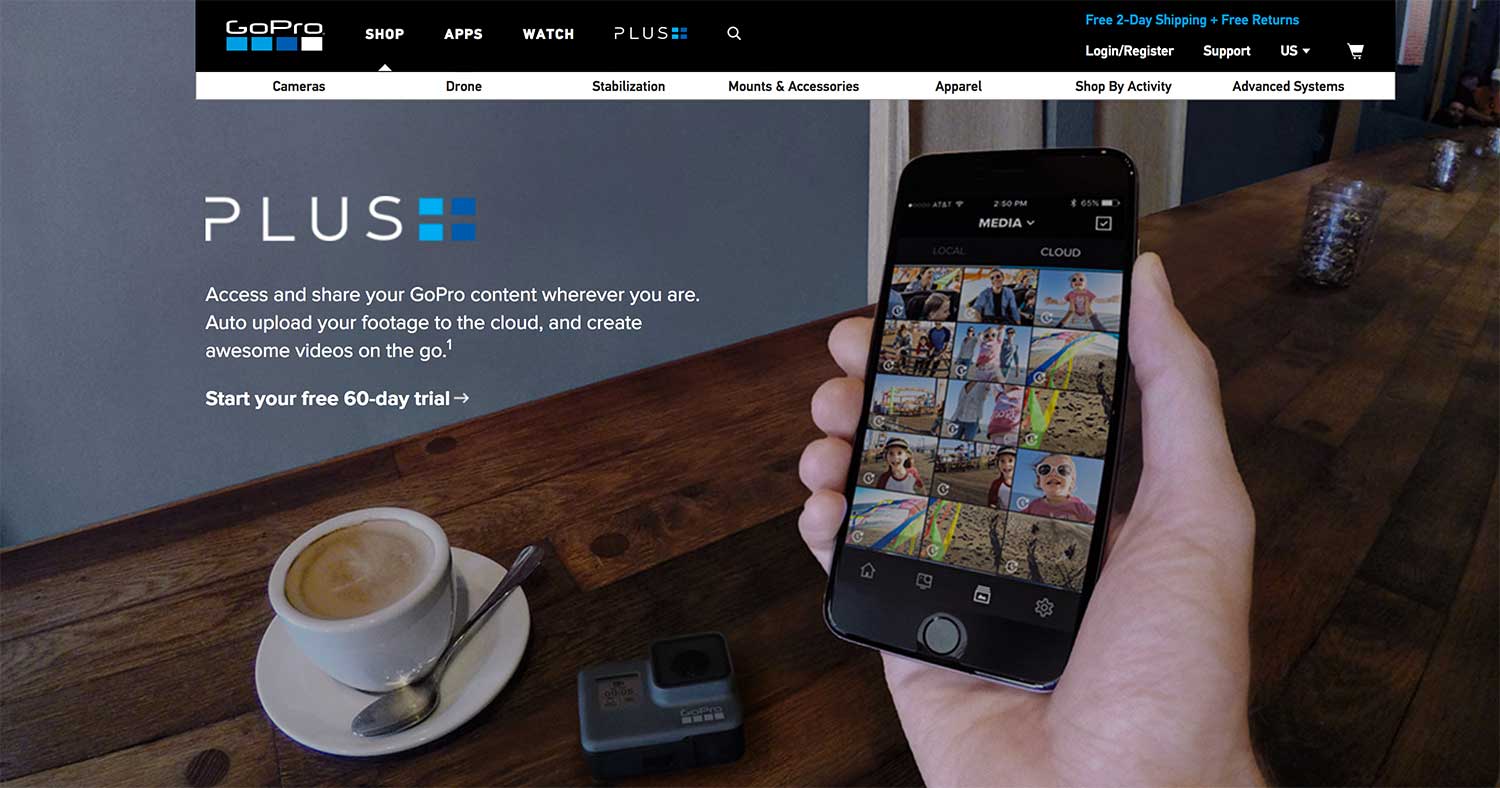
With Plus, a GoPro can be set to automatically upload videos and photos over your home Wi-Fi network whenever the camera is plugged in for charging. You can share content from your Plus account to social networks. (Without Plus, you can upload video to Facebook and Instagram from the mobile app, but that uses your cellphone's data plan.)
Plus also bumps you to the front of the queue for tech-support calls, chat or email, and it provides a 20 percent discount (up to $2,000 per year) on purchases of some gear from gopro.com.
You don't need Plus to live-stream video — GoPro is supported by Livestream and Periscope's mobile apps. A GoPro camera connected to a smartphone over Wi-Fi will appear as a camera option in the apps. (At press time, the Livestream or Periscope apps didn't appear to support the Hero5 Black yet.)
Accessories: Fully Covered
No matter how good its competitors' cameras might be, no one can touch GoPro on the variety of housing, mounts and other peripherals available.
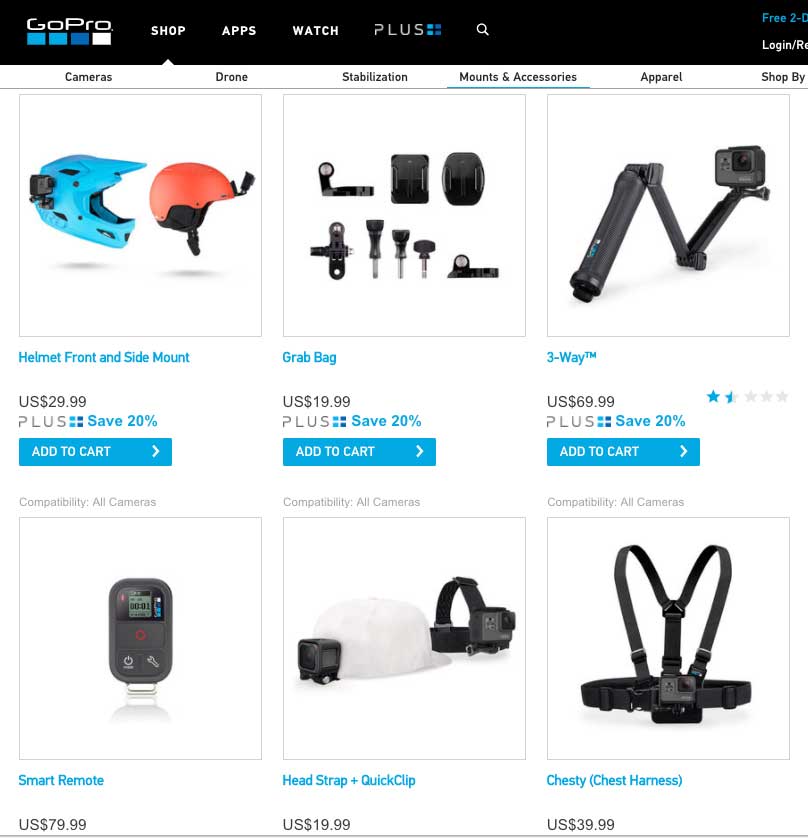
The Hero5 Black comes with just a basic kit: the open housing called simply "The Frame" and a few adhesive mounts. But there are so many expansion options. GoPro lists about 100 on its site (not counting SD cards) — about a third of which are compatible with the Hero5 Black.
Then there are all the third-party products, such as bike helmets, with built-in GoPro-compatible mounts. Highlights include remote controls, a deep-water housing, an electronic stabilizer and mounts for bike and motorcycle helmets, cars, surfboards and handlebars. It's a testament to GoPro's design that companies like Garmin make housings and mounts that are obvious knockoffs.
Bottom Line
The Hero5 Black continues GoPro's reputation for great quality in both photos and video. It now, finally, adds great usability with a clear touch-screen interface and pretty reliable voice control. The Garmin Virb Ultra 30 is an equally strong performer and a fine alternative. But GoPro also stands out for its slim, waterproof design and utterly thorough choice of add-ons.
Sean Captain is a freelance technology and science writer, editor and photographer. At Tom's Guide, he has reviewed cameras, including most of Sony's Alpha A6000-series mirrorless cameras, as well as other photography-related content. He has also written for Fast Company, The New York Times, The Wall Street Journal, and Wired.
-
Michael_595 Looks like TONS of complaints about the GoPro 5 Leaking etc.... Was going to buy one, but not thinking I might go with the Garmin insteadReply -
tjtower0426 No mention of the poor audio quality. Every person I know that uses GoPro has said that the audio quality and the built-in mic on the 5 or 5 Black are complete garbage. They have all resorted to using their old 4s or pairing a 5 for video with a 4 for audio. This is a huge deal and hopefully the Hero 6 will have this problem fixed.Reply
